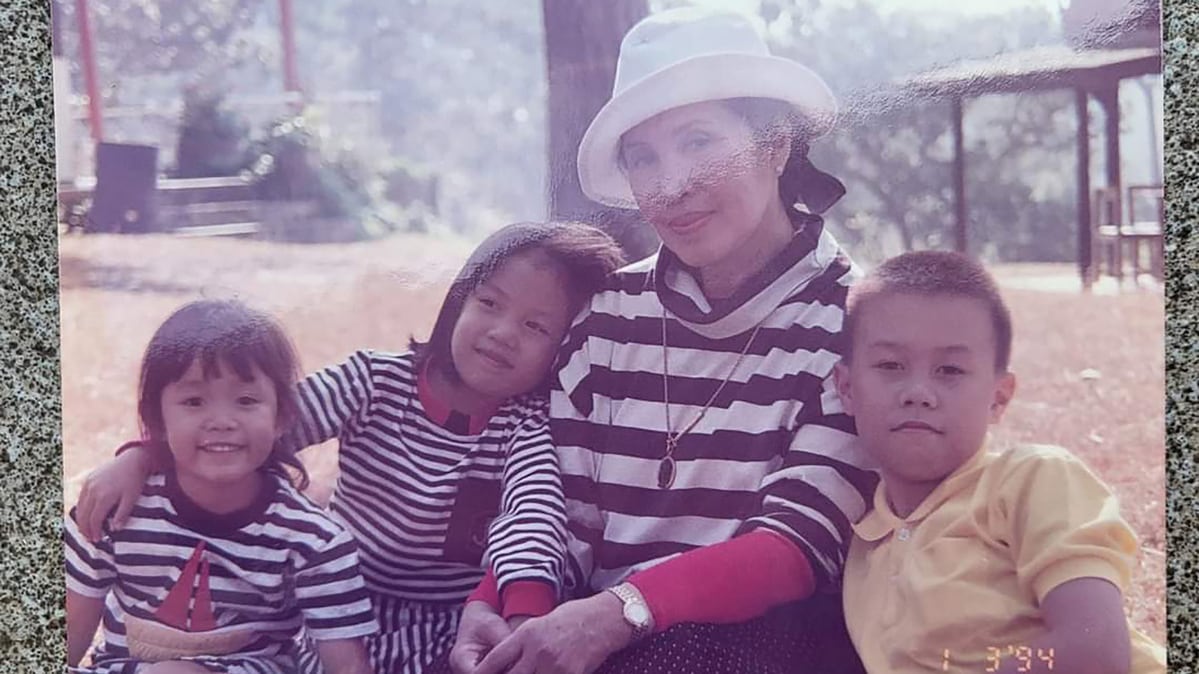World
Courtesy of grandson Pana Yontaranak
The Fabulous Second Life of a Forgotten Princess Revealed
ROYAL SEND-OFF
The last Lanna princess, who died last month, was only 10 when her kingdom was abolished. But what she did after that was nothing short of majestic.
exclusive

Trending Now





